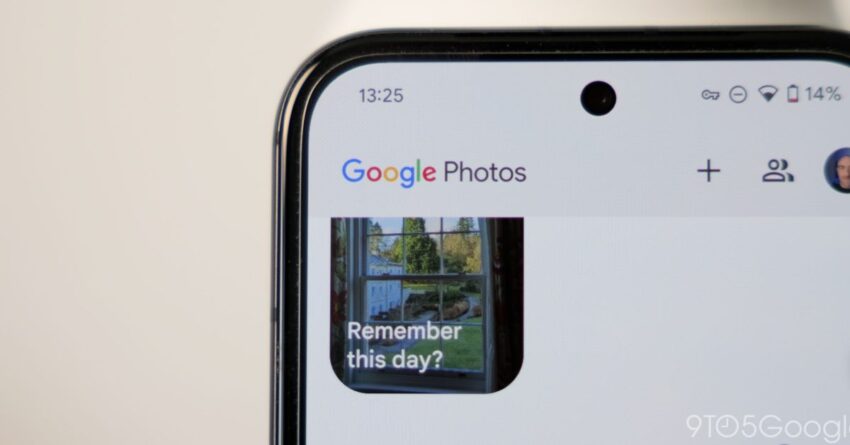
the last remaining subscription for unlimited google Google has officially ended the last remaining subscription option for unlimited Google Photos storage, marking a significant shift for users who relied on this feature.
the last remaining subscription for unlimited google
The Rise and Fall of Unlimited Google Photos Storage
Launched in 2015, Google Photos quickly became a go-to service for users seeking a reliable platform to store and manage their digital images. One of its most compelling features was the promise of unlimited storage for photos and videos, a selling point that attracted millions of users. This feature allowed individuals to upload high-resolution images without worrying about storage limits, making it particularly appealing for photography enthusiasts and casual users alike.
However, as the service grew in popularity, the sustainability of offering unlimited storage became increasingly challenging for Google. The sheer volume of data generated by users led to rising operational costs, prompting the tech giant to reassess its business model. In 2020, Google announced that it would no longer provide unlimited storage for free, a decision that left many users disappointed. Instead, the company introduced a limit of 15 GB of free storage shared across Google Drive, Gmail, and Google Photos.
The T-Mobile Google One Subscription
Despite the discontinuation of unlimited storage for the general public, T-Mobile customers had a unique opportunity to access a special Google One subscription that included unlimited Google Photos storage. This partnership allowed T-Mobile subscribers to enjoy the benefits of unlimited photo storage while still adhering to the company’s broader storage policies. The offer was particularly attractive for users who were already paying for T-Mobile services, as it provided added value without any additional cost.
However, this special subscription has now come to an end. T-Mobile announced that it would no longer support the Google One plan that included unlimited Google Photos storage, effectively closing the door on this last avenue for users seeking unlimited photo storage through Google. This move has left many T-Mobile customers searching for alternatives, as the loss of unlimited storage significantly impacts how they manage their digital photo libraries.
Implications for Users
The termination of unlimited Google Photos storage has several implications for users, particularly those who have relied on the service for years. With the end of this feature, users must now adapt to the new storage limits imposed by Google, which can be a significant adjustment for those who have amassed large collections of photos and videos.
Storage Management Challenges
For many users, the transition from unlimited storage to a capped limit presents a challenge in managing their digital assets. Users may need to make difficult decisions about which photos to keep and which to delete, leading to potential loss of cherished memories. Additionally, the need to monitor storage usage closely may result in increased anxiety for users who previously enjoyed the freedom of unlimited uploads.
Moreover, users who exceed the 15 GB limit will face additional costs if they wish to continue using Google Photos. Google offers various Google One subscription plans that provide additional storage, but these plans come at a price. Users must now weigh the costs of these subscriptions against their storage needs, which could lead to frustration for those who were accustomed to the previous model.
Alternatives to Google Photos
With the discontinuation of unlimited storage, many users are exploring alternative photo storage solutions. Several platforms offer competitive features that may meet the needs of those affected by this change. Some popular alternatives include:
- Apple iCloud: For users within the Apple ecosystem, iCloud provides seamless integration for photo storage. While it also has storage limits, users can purchase additional space as needed.
- Amazon Photos: Amazon Prime members benefit from unlimited photo storage through Amazon Photos, making it an attractive option for those already subscribed to Amazon’s services.
- Dropbox: Known for its file-sharing capabilities, Dropbox also offers photo storage solutions, though users must pay for additional storage beyond the free tier.
- Microsoft OneDrive: Similar to Google Drive, OneDrive offers photo storage as part of its cloud services, with various subscription options available.
Each of these alternatives has its pros and cons, and users must consider factors such as cost, ease of use, and integration with other services when making their choice. The end of unlimited Google Photos storage has opened the door for competition among these platforms, potentially leading to innovations and improvements in photo storage solutions.
Stakeholder Reactions
The decision to end unlimited Google Photos storage has elicited a range of reactions from stakeholders, including users, industry experts, and competitors. Many users have expressed disappointment and frustration over the loss of a feature they had come to rely on. Social media platforms have seen an influx of comments from users lamenting the change, with some calling for Google to reconsider its decision.
Industry experts have weighed in on the implications of this move, suggesting that it reflects a broader trend among tech companies to monetize services that were previously offered for free. As companies face increasing operational costs, the shift towards subscription-based models is becoming more common. This trend raises questions about the future of digital services and whether users will continue to accept such changes.
Competitor Responses
Competitors in the photo storage market are likely to view Google’s decision as an opportunity to attract users seeking alternatives. Companies like Amazon and Apple may ramp up their marketing efforts to highlight the benefits of their respective services, emphasizing features such as unlimited storage or seamless integration with existing ecosystems. This competitive landscape could lead to innovations and improvements in photo storage solutions, ultimately benefiting consumers.
The Future of Google Photos
As Google moves forward without unlimited storage options, the future of Google Photos remains uncertain. The platform will continue to evolve, and Google may introduce new features to enhance user experience. However, the loss of unlimited storage is a significant setback for many users who have relied on the service for years.
Google has indicated that it will focus on improving the overall functionality of Google Photos, including features such as advanced search capabilities, photo editing tools, and enhanced sharing options. While these improvements may help mitigate some of the disappointment surrounding the loss of unlimited storage, they may not fully address the concerns of users who are now faced with storage limitations.
Conclusion
The end of unlimited Google Photos storage marks a pivotal moment for users who have relied on this feature as a cornerstone of their digital photo management. As T-Mobile customers and other users adapt to the new reality of capped storage limits, they will need to explore alternative solutions and adjust their photo management strategies. The competitive landscape for photo storage is likely to shift as companies respond to this change, potentially leading to new innovations and offerings in the market. Ultimately, the future of Google Photos will depend on how effectively the platform can adapt to the evolving needs of its users in a landscape where unlimited storage is no longer an option.
Source: Original report
Was this helpful?
Last Modified: October 2, 2025 at 8:47 pm
1 views














